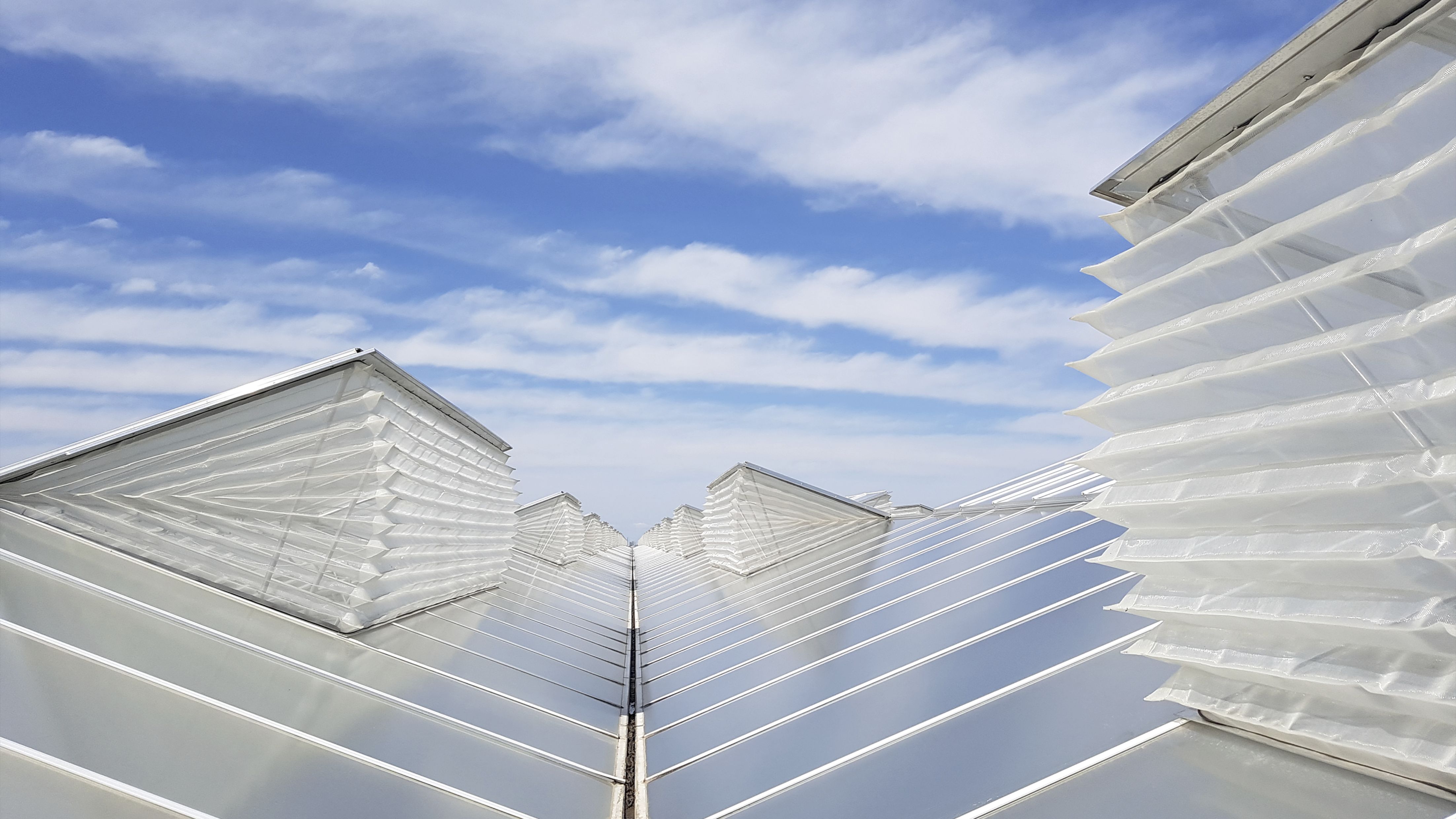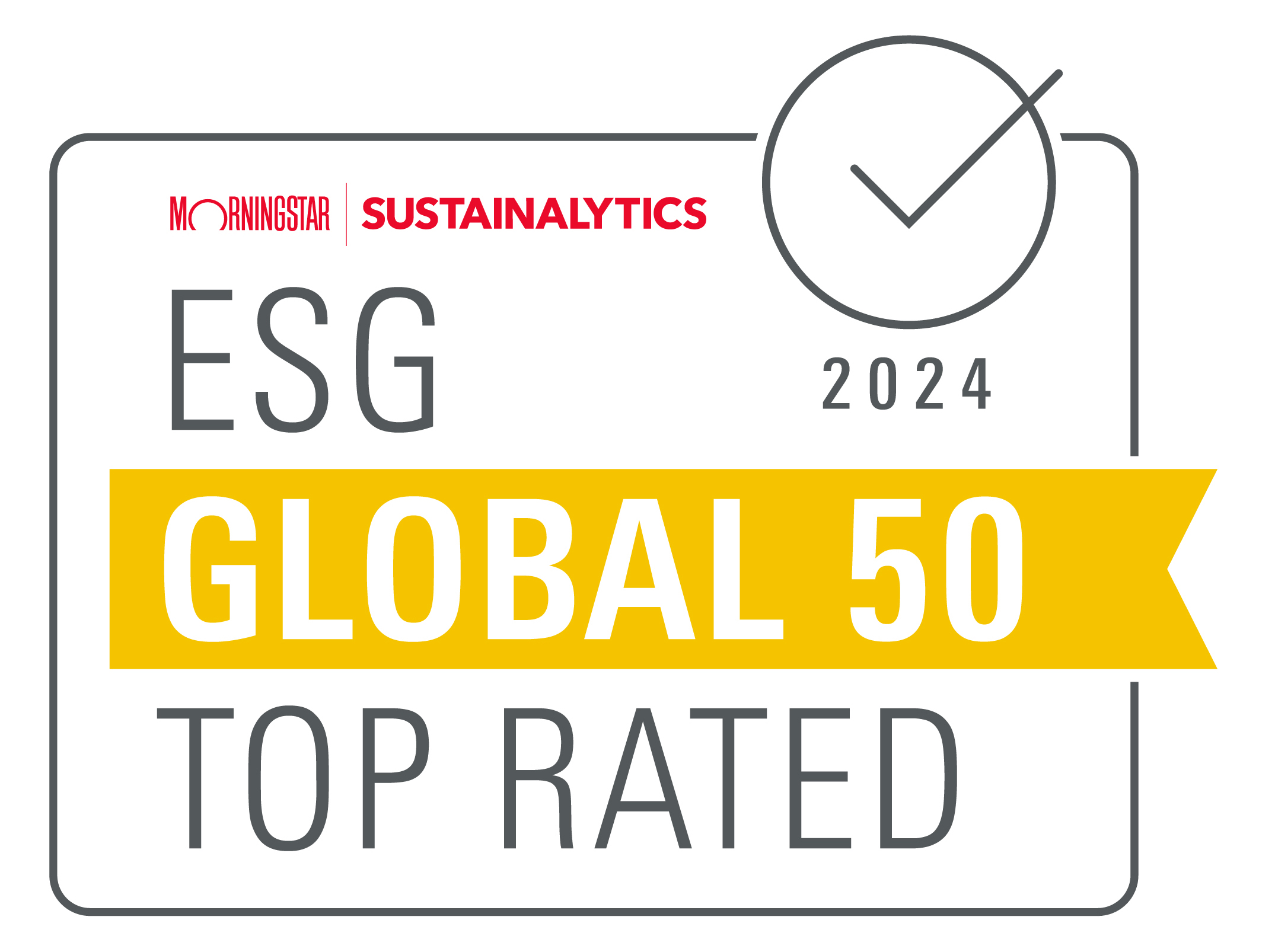Netting solutions in greenhouses have proven their worth over the years. An increasing number of growers recognize the benefits of this technique and are using it to protect their crops. The use of netting in greenhouses is an effective method that not only protects the crops, but also contributes to more sustainable cultivation. This technology has the potential to revolutionize the way we think about sustainable crop protection and food cultivation.
The benefits of netting are plentiful. We are happy to explain the most striking benefits:
· Managing Pests: Netting solutions offer growers the ability to manage pests effectively. By creating a physical barrier, harmful insects and other pests cannot reach the crops. This significantly reduces the chance of disease and pest outbreaks. Moreover, the use of netting can help create a controlled environment, making it easier to detect and manage pests early before they become a problem.
· Reducing Pesticide Use: One of the main benefits of using netting in greenhouses is the ability to drastically reduce the use of pesticides. Pesticides are often harmful to the environment and can have negative effects on biodiversity and the health of humans and animals. By using physical barriers such as netting, growers can keep pests and pathogens out without relying on chemical means. Also, beneficial insects, such as bumble bees, are easily kept inside the greenhouse. This leads to cost reduction as well as a cleaner, healthier environment and products free from chemical residues.
· Sustainable Solution: Netting is a sustainable, long-term solution for crop protection. With normal use, netting can last 10 to 15 years, making it a cost-effective investment for growers. The initial costs of installing netting can be relatively high, but the long-term savings from reduced pesticide use and lower pest management costs make it a smart choice for the future.
· Biodiversity-Friendly: The use of netting in greenhouses is a biodiversity-friendly solution. By reducing pesticide use, the habitat of beneficial insects and other animals is protected. This promotes biodiversity inside and outside the greenhouse.
Choosing the right netting is not easy. What should you look for?
Choosing the right netting solution for use in greenhouses is not an easy task. The market is currently flooded with a wide range of options, from high-quality solutions to more budget-friendly alternatives. This diversity makes it challenging for growers to distinguish the differences in durability and the proven utility of the various netting products. It's not always clear immediately which solutions offer the best long-term value, and which may fall short in quality or effectiveness.
The famous words that ‘you get what you pay for’ also applies to netting for greenhouses. This doesn't mean that the most expensive option is automatically the best, but it does emphasize the importance of a well-considered choice. It's crucial for growers to carefully evaluate the specifications, durability, light and air loss, and the expected lifespan of netting solutions. Also, researching reviews, obtaining recommendations from fellow growers, and consulting experts in the field can help to make a well informed decision.
Before you make a decision, it's important to have a number of things clear. It's essential to consider which specific needs and challenges you want to address in your greenhouse. Not all netting is made the same way; some types are specially designed to keep certain pests out, while others focus on optimizing light entry or improving air circulation. By clearly defining what you expect from the netting solution, you can narrow your search and make the right choice.
8 tips/principles for a well-informed decision on insect netting.
1. For which cultivation are you contemplating an insect netting solution? A professional netting supplier knows which solutions match your cultivation best and can organize reference visits to fellow growers for you.
2. Which pests do you want to eliminate? Pests often correlate with your cultivation, but the local situation can also be decisive. Knowing what you want to combat can help you make the right choice regarding the mesh size.
3. What is your ventilation need? The use of netting can affect the ventilation in your greenhouse. Depending on the type of netting, but also the ventilation capacity of your windows, one type netting may be more suitable for your specific cultivation and location than another. Ventilation reduction calculation tools can easily calculate the impact of netting on your cultivation climate, taking into account the used wire thickness. The principles of Plant Empowerment (HNT) also influence your ventilation needs.
4. What limitation on light entry is acceptable? Different netting systems (bag, accordion, filter system, etc.) have different limitations on light entry. Even within the different systems, there are significant variations. Depending on the light loss you're willing to accept, some choices are more obvious than others. Often, netting suppliers have access to official measurements by institutions like TNO and TŰV for the different netting systems. Be sure to ask for this!
5. What payback period is acceptable? Depending on your investment horizon, a specific netting system may align better than another. Type, lifespan & UV stability play a big role here. For example, bag systems are generally more affordable, which is reflected in their lifespan compared to accordion systems. Smart 'Return on Investment' calculators can calculate the payback time based on your specific situation. This ensures a well-informed choice!
6. What installation requirements apply? Another consideration is the way a netting system is installed. In a new greenhouse, this is less relevant, as there's no need to take the existing cultivation into consideration. For an existing greenhouse, this can play a significant role. Safe installation options from the inside or the outside can make a big difference. Do the windows need to stay open or closed during installation? In warm months, the latter is often not desirable for an extended period for existing cultivations.
7. How much maintenance does your system require? Like any solution, netting also comes with certain maintenance instructions. Depending on your choice, a certain amount of maintenance is needed. Bag systems can become dirty more quickly, while accordion systems are often dirt-repellent. Further research is definitely worth it, as not all bag systems are the same.
8. What are your financing wishes? The return on investment period plays a big role in your financing needs. Either you finance your investment yourself or you attract external capital. As-a-Service netting systems are also available as an alternative. Here you can often match the savings on your operational costs with a fixed amount per month that you spend on a netting solution, including maintenance. Certainly worth considering!
Choosing the right system
Navigating the complex market of netting solutions requires a certain level of knowledge and research. By prioritizing quality, durability, and the specific needs of your crops, you can make an investment that not only benefits the health and productivity of your cultivation, but is also financially advantageous in the long run. A careful selection process can significantly reduce the chance of disappointments and ensure a successful integration of netting in your cultivation practices. It is smart to be well informed about the different options.
Contributing to the transformation towards a healthier and more environmentally friendly food production
In summary, the use of netting solutions in greenhouses offers many benefits for growers. It contributes to the reduction of harmful pesticides, makes pests manageable, supports biodiversity, and provides a sustainable solution for crop protection. As the world becomes more aware of the need for sustainable cultivation, netting solutions are at the forefront of the transformation towards a healthier and more environmentally friendly way of food production.
This blog was written by Marcel Schulte from Holland Gaas. Marcel has over 25 years of experience in insect netting and is the inventor of the current generation of the revolutionary accordion insect netting. More about Marcel can be found on his LinkedIn: https://www.linkedin.com/in/marcelschulte/ . You can contact Marcel also via email: m.schulte@hollandgaas.nl.

